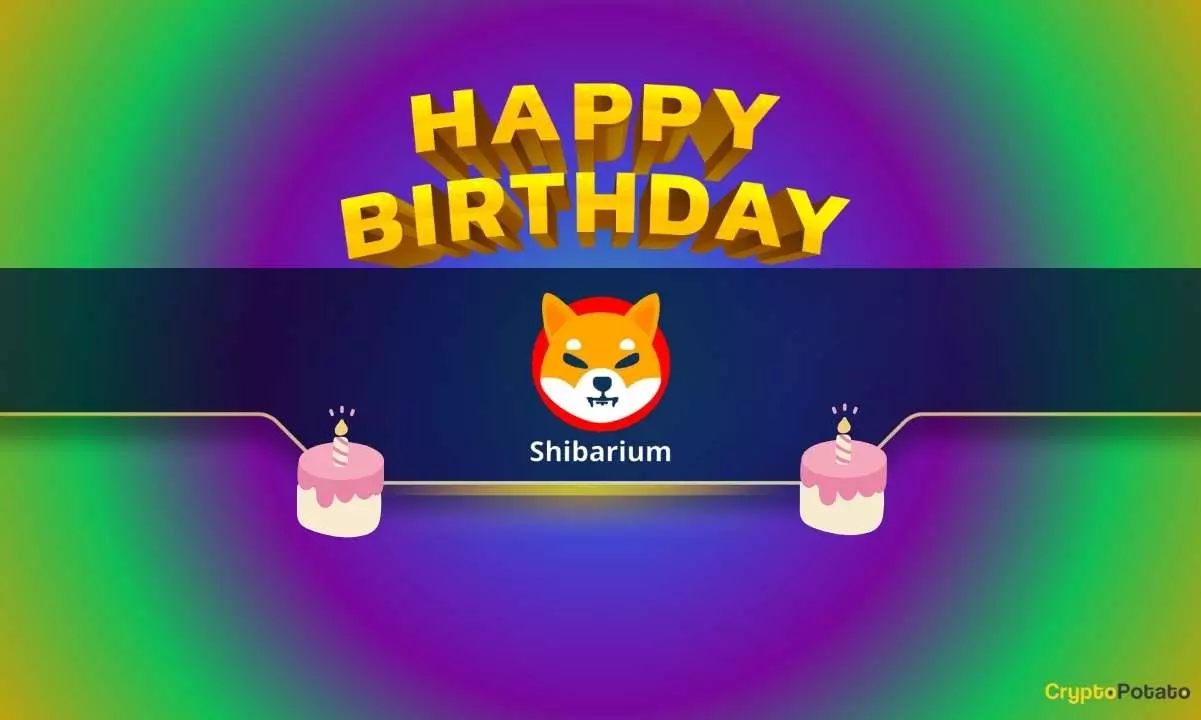Shibarium, a layer-2 blockchain solution built on the Ethereum network, has been making significant strides in the development of the Shiba Inu ecosystem. Its primary objectives include reducing transaction costs, improving speed, and enhancing scalability. Since its inception a year ago, the platform has achieved various milestones, with over 418 million transactions processed to date.
While Shibarium has seen substantial growth in transaction volume, there seems to be a recent stagnation in progress. Daily transactions, which once reached millions, have now dropped to around 20,000. The total number of blocks processed is nearing 6.5 million, with wallet addresses close to 2 million. These figures raise questions about the platform’s current performance and future prospects.
The Shibarium team has introduced several key upgrades to improve network efficiency and user experience. Three hard forks – Delhi, Indore, and Shanghai – were implemented to enhance transaction speed and overall performance. Additionally, new tokens such as K9 Finance DAO (KNINE) and Bad Token (BAD) have been introduced, with HOCHI being the latest addition to the ecosystem. These upgrades aim to provide users with more flexibility and functionality within the platform.
In the past few months, Shibarium has undergone three significant upgrades. An updated user interface was introduced to enhance accessibility and compatibility with popular self-custody wallets. A hard fork was also implemented to reduce block processing times and empower developers and innovators within the community. Most recently, a “Burn Portal” was launched to decrease the circulating supply of Shiba Inu (SHIB) tokens by sending a portion to a null address, potentially increasing their value.
While the Burn Portal aims to make SHIB tokens scarcer and more valuable, its implementation differs from the original Shiba Inu team’s approach. In the Shibarium ecosystem, BONE tokens serve as the governance token and are essential for transactions and gas fees. A portion of the gas fees paid in BONE is used to purchase SHIB tokens, which are then burnt by sending them to a null address. Users need to accumulate at least 100 BONE tokens to initiate a burn, creating a unique mechanism for token circulation and value appreciation.
As Shibarium continues to evolve and implement new upgrades, it faces challenges in maintaining transaction volume and network performance. The platform’s unique features, such as the Burn Portal and governance token BONE, set it apart from other blockchain solutions. However, the team must address the recent stagnation in progress and work towards enhancing user engagement and developer participation. With a focus on innovation and community-driven initiatives, Shibarium has the potential to grow and thrive in the competitive blockchain ecosystem.
Shibarium’s achievements and upgrades offer a glimpse into its evolving ecosystem and potential for future growth. By critically analyzing its progress and challenges, stakeholders can gain insight into the platform’s strengths and weaknesses. As Shibarium continues to innovate and enhance its network, it will be interesting to see how it adapts to market demands and technological advancements in the blockchain industry.

